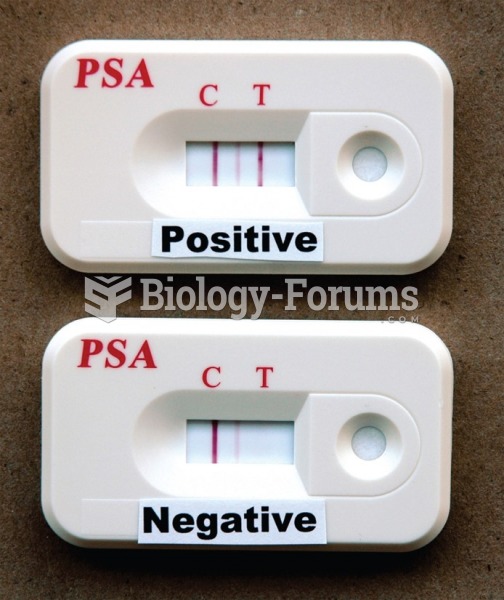In which case did the Supreme Court eventually abandon the clear and present danger test and replace it with the imminent danger test; a standard that is much more protective of free speech?
a. Brandenburg v. Ohio (1969), when the court overturned the conviction of a Ku Klux Klan leader who advocated violence
b. Dennis v. United States (1951), when the court upheld convictions of numerous communist defendants
c. Lee v. Weisman (1992), when the court ruling stopped the practice of reading prayers at schools graduation ceremonies
d. Engel v. Vitale (1962), when the court overturned a schools policy of having each class recite a nondenominational religious prayer
Question 2
The Supreme Court issued its 1919 ruling in the case of Schenck v. United States. Charles Schenck, a leader of the American Socialist Party, was jailed for distributing anti-draft leaflets during a time of massive military build-up in the early months of American involvement in World War I. The Supreme Court rejected Schencks request for release and in doing so established what precedent as a test of free speech?
a. During war, a citizen is forbidden to criticize the governments actions.
b. Speech may be restricted when a clear and present danger exists that the words will have a broadly negative effect.
c. During times of war, the presidents administration approves all exceptions to free speech.
d. The issue of restricting free speech is a state issue and is therefore out of the jurisdiction of the Supreme Court.
e. When state court rulings and the Supreme Court rulings are in conflict, the state ruling will become law since states are closer to the people.







